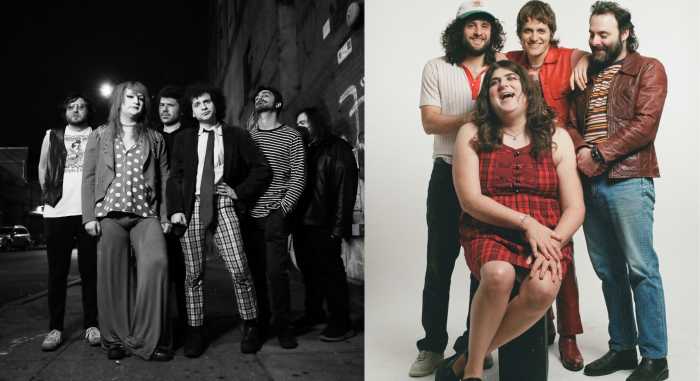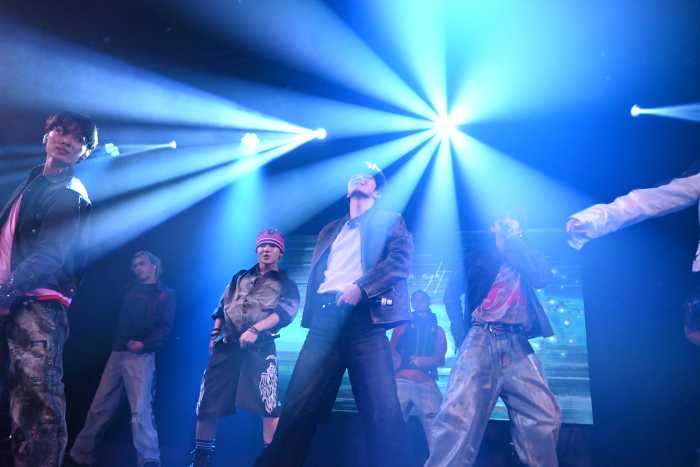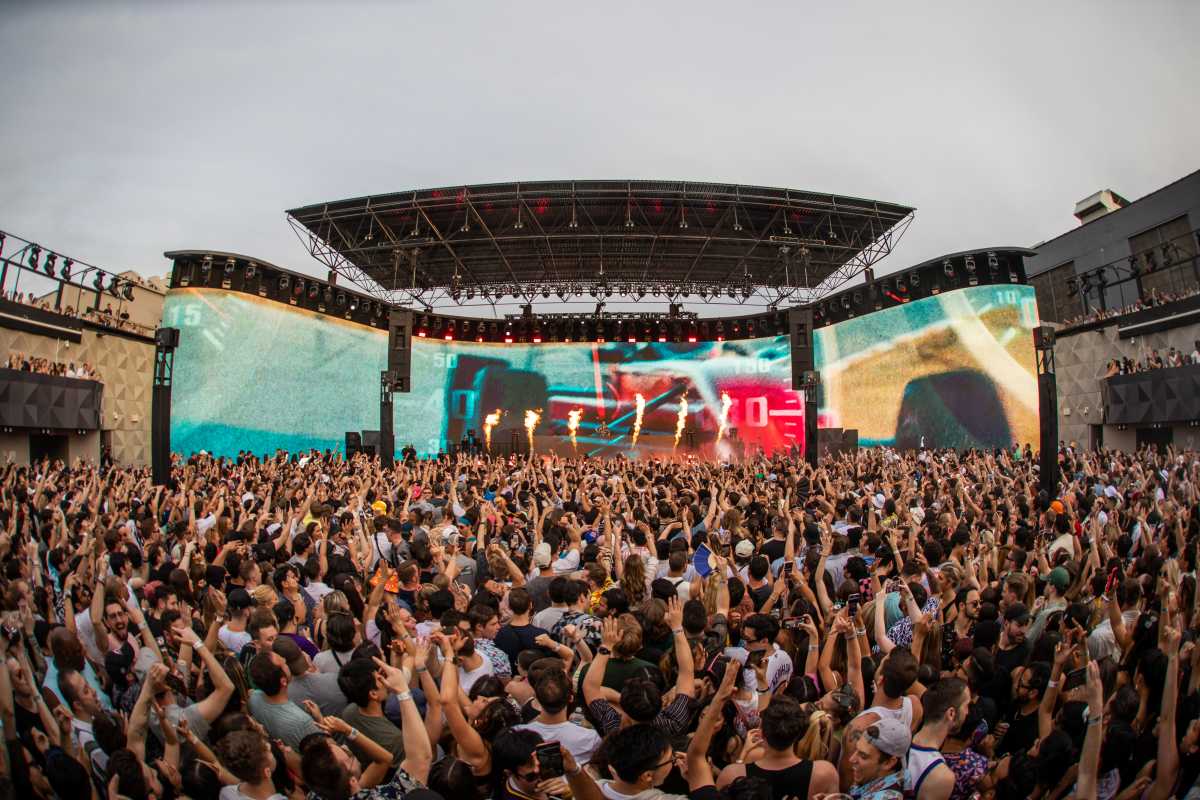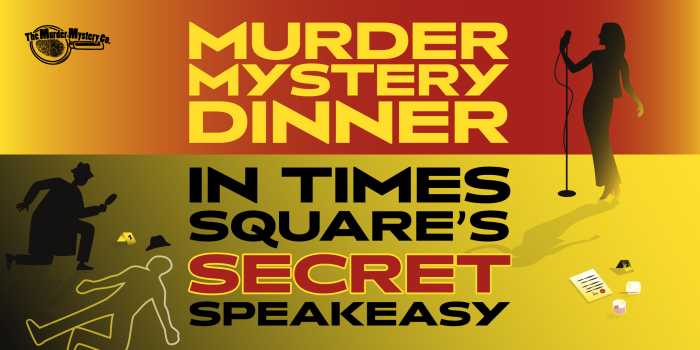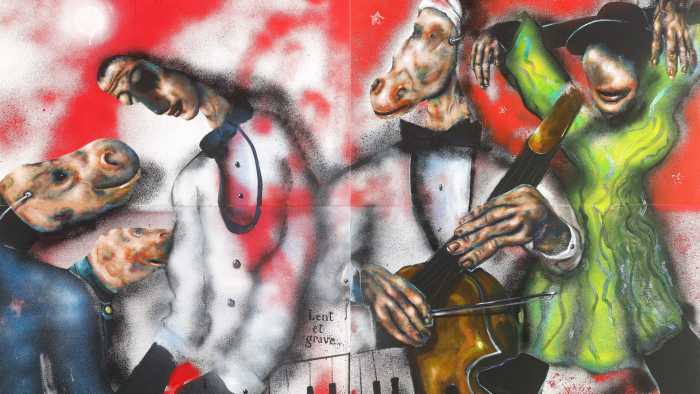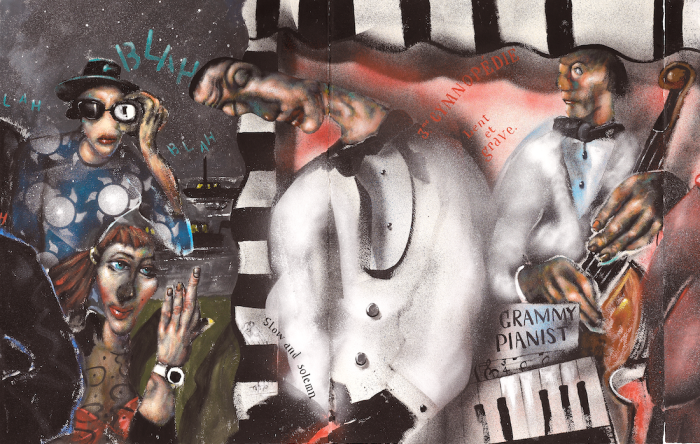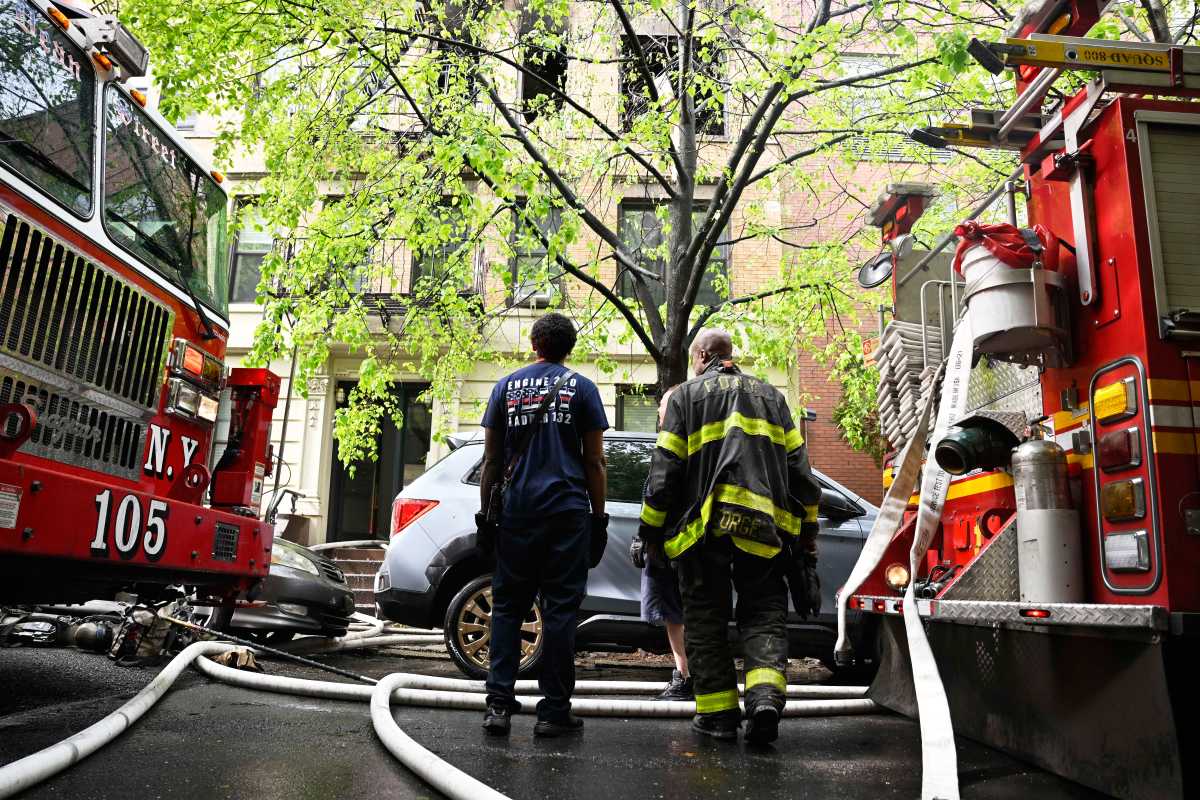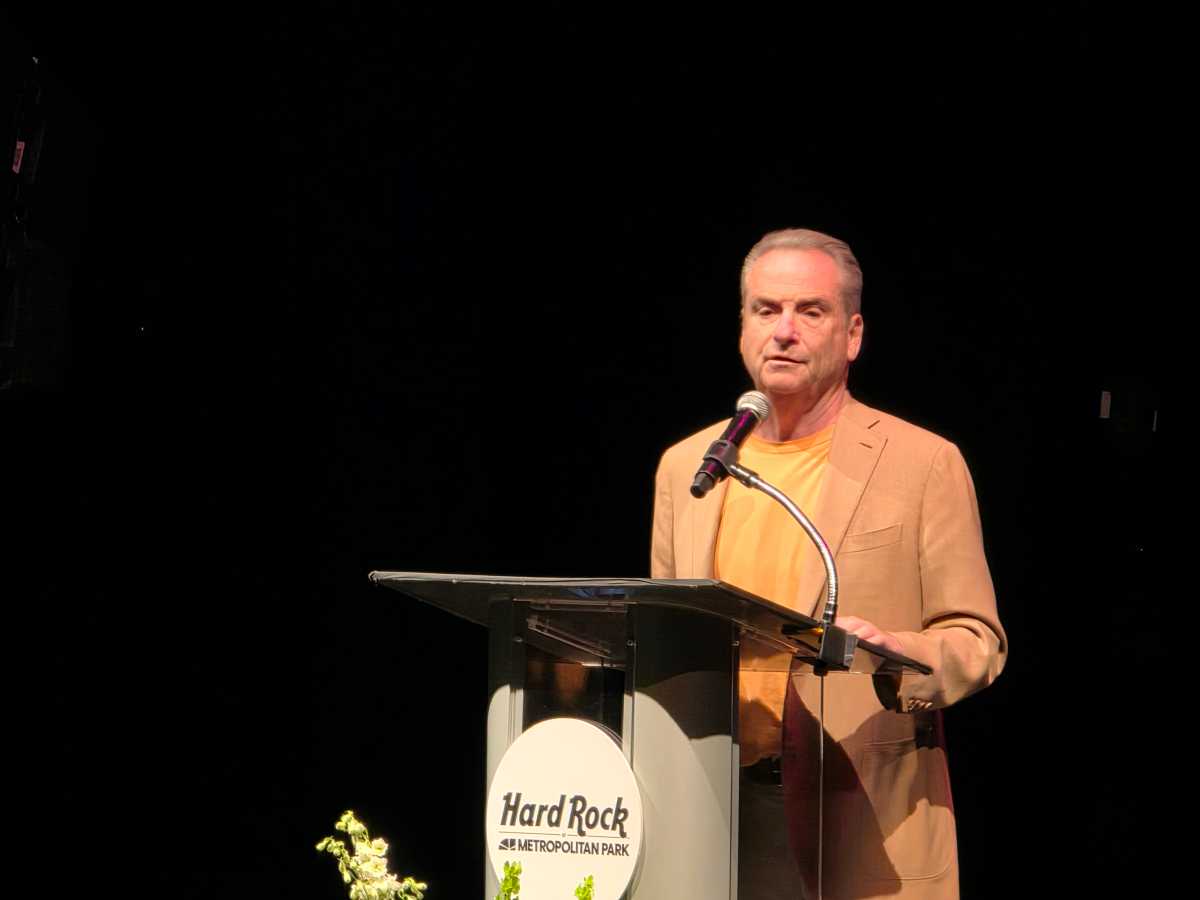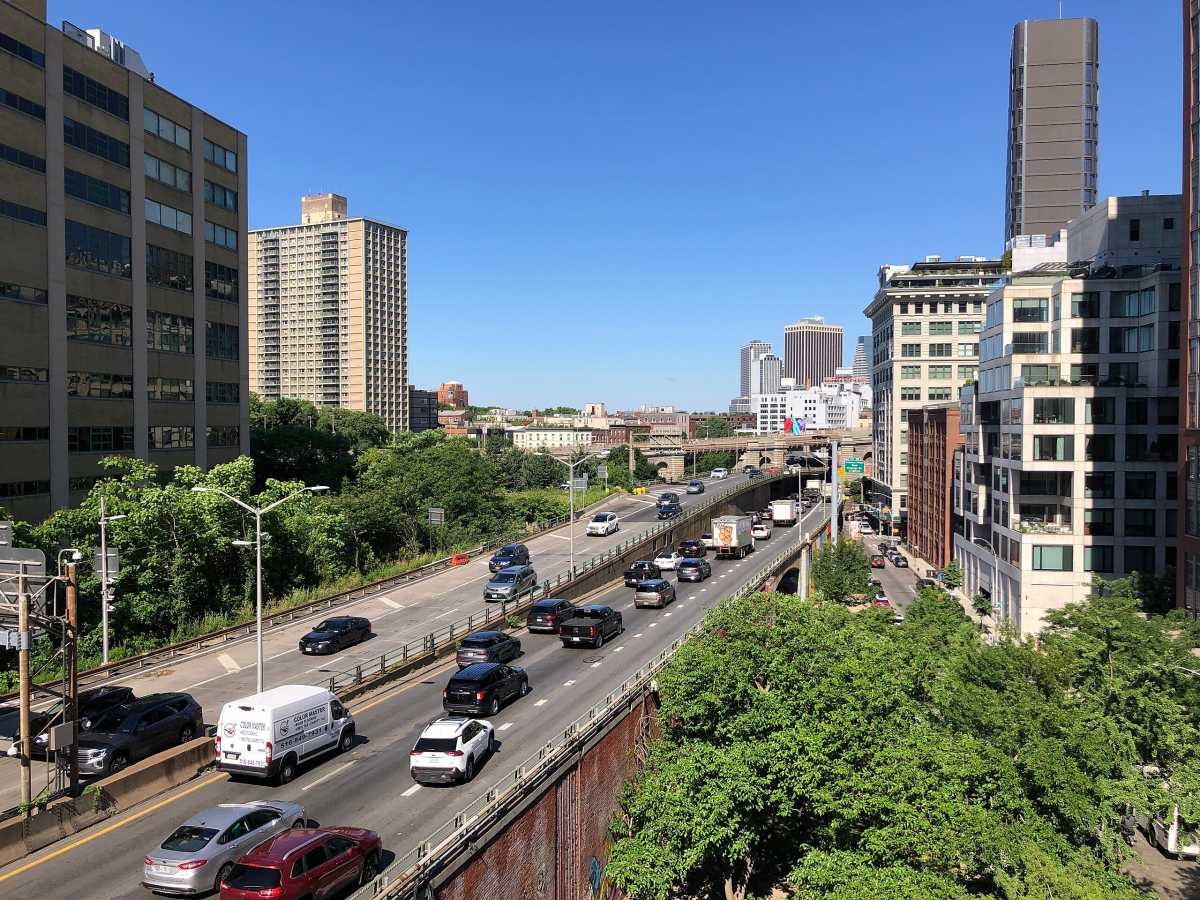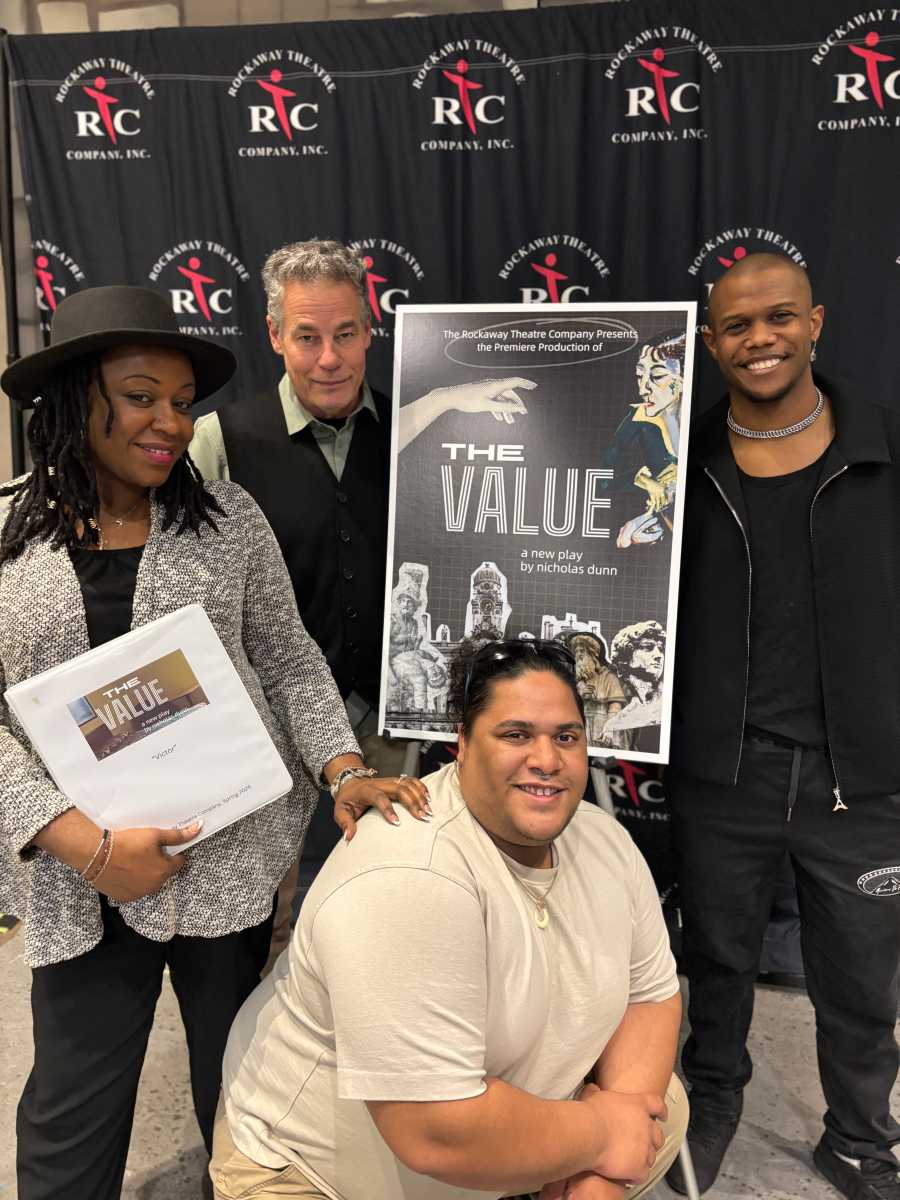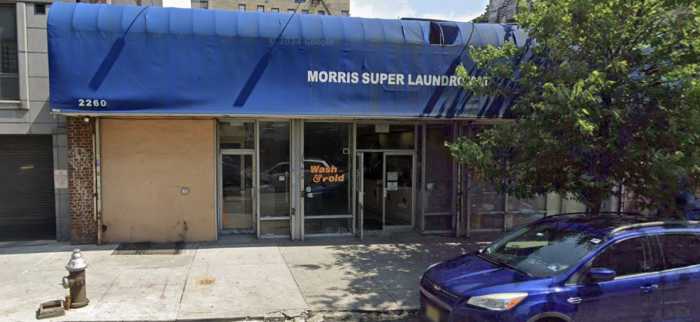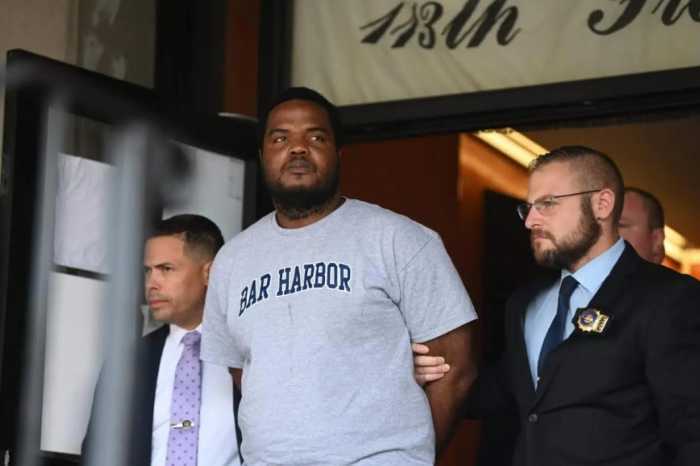Martin Scorsese’s “Silence” is a movie about the nature of faith itself and so it’s rife with contradictions. It is at once sprawling and internalized, gruesomely violent and painstakingly still, a motion picture about the persecution of Christians in 17th century Japan that clearly evokes the forces of discrimination felt in powerful ways across the world today.
An austere effort that owes a great debt to European masters like Carl Theodor Dreyer, this adaptation of the 1966 novel by Shusaku Endo offers little in the way of easy answers or conventional drama. It requires something of a mental recalibration in terms of what we’ve come to expect from Scorsese, whose best movies are generally installed with boundless kinetic energy.
That makes it a radical achievement for the filmmaker, a work in which he probes the depths of his own conflicted relationship with Catholicism as well as the nature of morality itself, in what, above all else, plays as a meditation on the meaning of a holy life.
The narrative unfolds as a series of philosophical tests for its main character, a Jesuit priest from Portugal named Sebastião Rodrigues (Andrew Garfield), who travels to Japan along with a colleague named Francisco Garrpe (Adam Driver) to search for their mentor (Liam Neeson), said to have apostatized after being tortured for practicing his faith.
Rodrigues and Garrpe encounter the hidden Christians and assume the responsibility of administering in secret, a severely dangerous game given that the Tokugawa shogunate expends great energy hunting them down and torturing those who won’t renounce the faith.
Working with cinematographer Rodrigo Prieto, Scorsese captures this spiritual battle writ large against a discordant canvas, in which images of natural beauty that play like landscape paintings brought to cinematic life stand directly at odds with the harrowing events at hand.
Clear blue skies, waves lapping into a rocky shore, serene beaches and towering bamboo forests provide the setting for scenes of unrelenting torture, which the filmmaker lingers on long past the point of comfortable suggestion, to where the agony of the men and women being burned alive or suffocated or methodically drowned practically seeps off the screen.
That uncompromising eye effectively manifests the magnitude of the struggle consuming Rodrigues, Garrpe and their fellow Christians. The movie takes on the form of a prayer to a silent god, a desperate cry for intervention to repel man’s worst instincts in favor of the righteous and the just. It trades in the great and insurmountable difficulty of discerning meaning and intent from absence.
Scorsese humanizes these abstract questions through the violence, of course, but also thanks to a painstaking focus on Rodrigues’ battle with himself, and the many spiritual deaths he suffers as the pressure on him mounts.
The film turns on conversations with the Japanese inquisitor (Issey Ogata) in which the case for apostasy is concisely and threateningly made, apparitions of Jesus as he might have appeared in a European painting of the period, the desperation of the hidden Christians seeking salvation, and a performance by Garfield that captures the gut-churning agony of being ordered to trample upon the most precious and holy symbols in your life, with the lives of others dependent on your actions.
It’s a religious movie, to be sure, the most overt from the filmmaker since “The Last Temptation of Christ.” But the question that animates all the suffering and despair in “Silence,” whether there’s a higher purpose or deeper meaning to the narrative of existence and how that might be discerned, is eternal and universal.
Silence
Directed by Martin Scorsese
Starring Andrew Garfield, Adam Driver, Liam Neeson
Rated R
Playing at Regal Union Square, AMC Lincoln Square beginning Dec. 23



